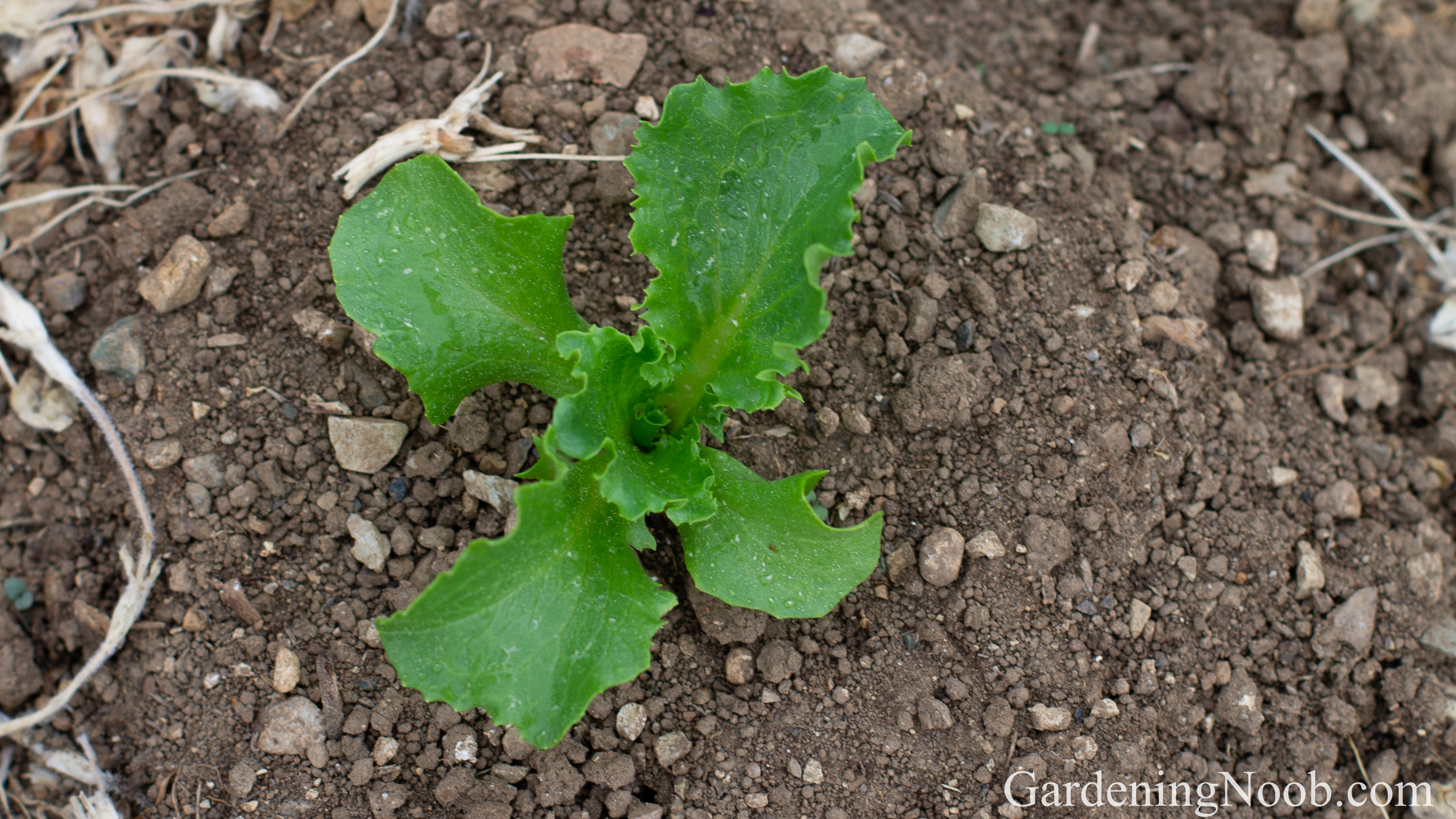
I have known and loved lettuce ever since I was a child. It has been a common (and oftentimes the only) ingredient in the salads I ate at home, in school and later on at work too. But although I have been familiar with this leafy green vegetable for all my life, I had no clue how to grow it until I started gardening and growing vegetables myself…
It has now been years since I planted my very first lettuce seed and harvested my very first lettuce head. And I have learned a lot about growing it during all this time. We nowadays buy lettuce only during off-season – in winter when everything outside is frozen and early in spring when plants are not ready for harvest yet.
Now, if you would like to know when to plant (or sow) lettuce, then I invite you to keep reading. I’m going to share all my experiences with you right here and right now. Let’s start!
I direct-sow lettuce seeds as early in spring as I possibly can.
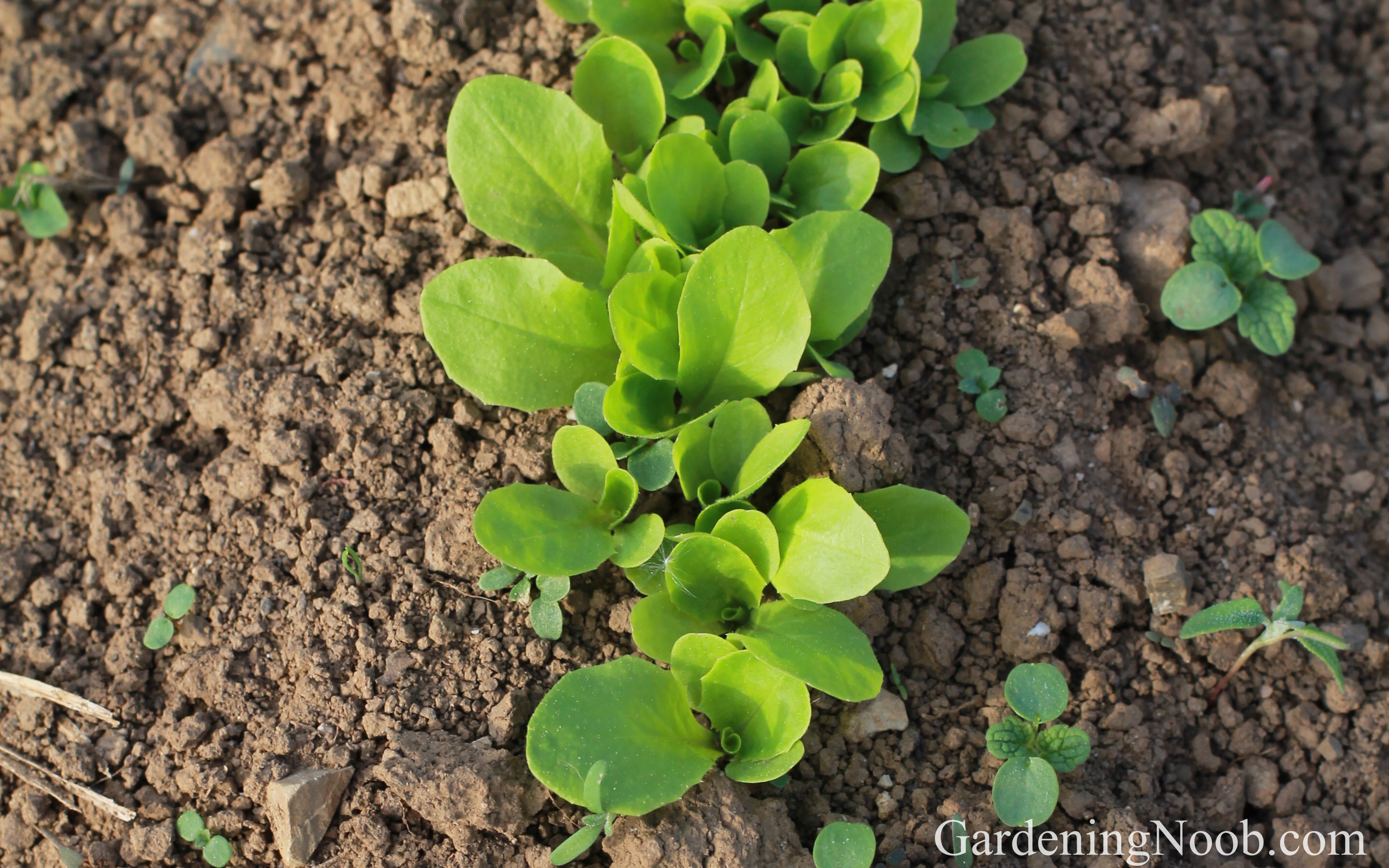
The first thing I would like to point out is that lettuce is a cool-season vegetable. It grows best when outdoor air temperatures are somewhere between 46 Degrees Fahrenheit (8 Degrees Celsius) and 59 Degrees Fahrenheit (15 Degrees Celsius).
When it gets warmer for a longer period of time, this leafy green shifts from growing leaves to producing seeds. In other words, it bolts – grows a long stem from it’s center – and stops producing new leaves. What’s more, the existing leaves also turn bitter and oftentimes become inedible.
So, in order to avoid premature bolting, I always direct sow lettuce in the garden very early in spring – as soon as the winter passes and soil thaws. This is usually somewhere in the first half of March. These early plantings give lettuce enough time to develop, grow and mature before the late-spring heat kicks in towards the beginning of May.
I start raising lettuce seedlings at home even earlier.
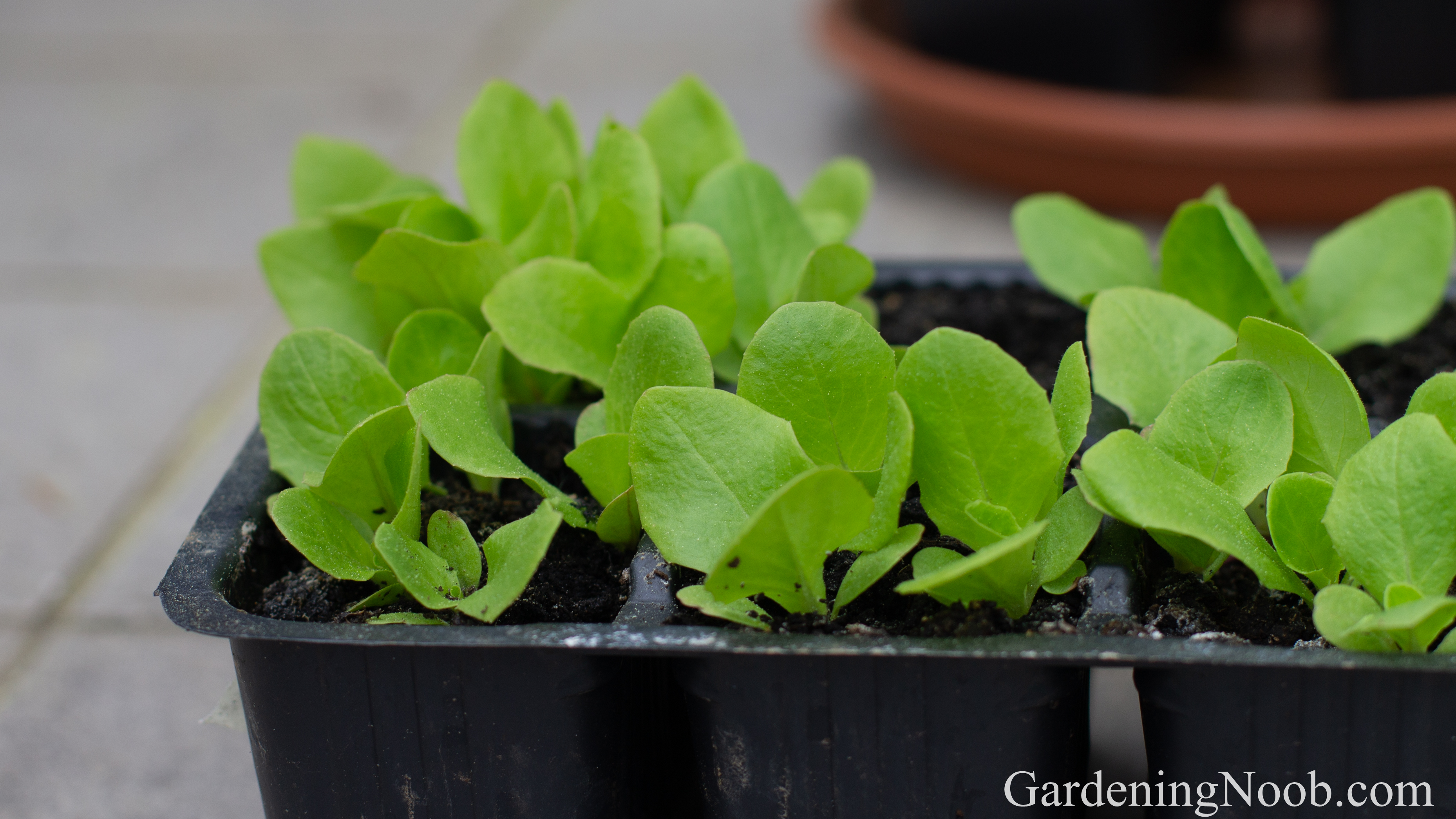
I had extra time on my hands in the spring of year 2020 due to the coronavirus outbreak and lockdown. So I decided to try and raise my own vegetable seedlings. I had a good feeling about the lettuce. After all, it’s seedlings are always for sale in vegetable nurseries…
So I started it’s seeds amongst the first and they needed about a week to sprout. The plants then grew rather quickly and were ready for the move into the garden after about a month. Once I transplanted them and they recovered from the transplant shock, their growth literally exploded and I was able to harvest lettuce sooner than ever before!
It was there and then I realized that I don’t need to wait for the soil to thaw or the danger of hard freeze to pass to sow lettuce. If I start it’s seeds in pots at home, put them on a south-facing balcony and protect them from cold with row covers (or miniature greenhouse), I can have this leafy green growing when the weather outside is still winter-like.
So, nowadays, as soon as the winter starts losing it’s strength, I plant my first batch of lettuce seeds. That’s usually at the end of February. And it pays off because the harvest comes earlier when compared to the lettuce I sow directly in the garden.
As the spring goes by, I keep planting more and more seeds.
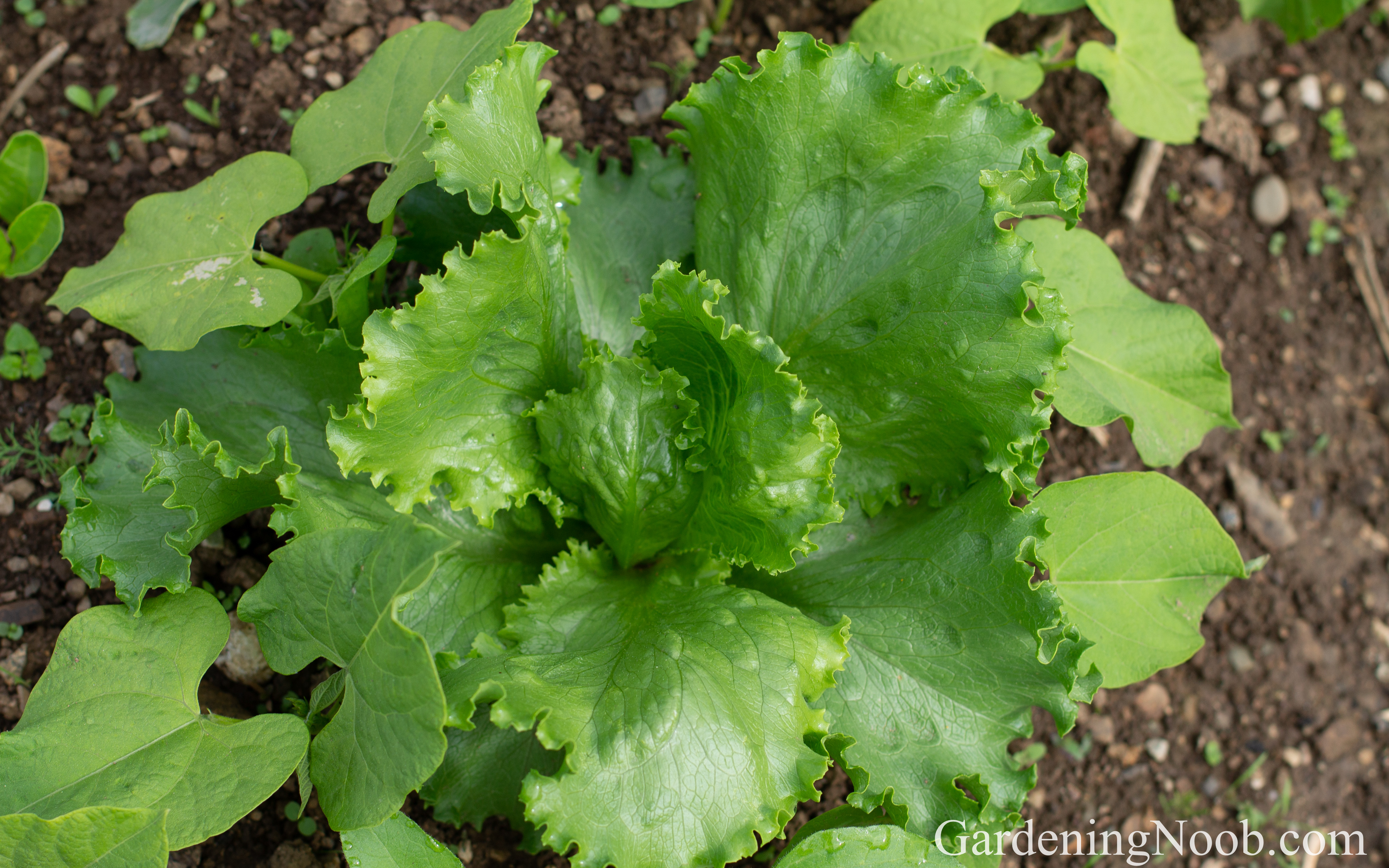
I don’t want all my lettuce plants to reach the harvest stage at the same time. That’s why I practice succession planting. It basically means I plant seeds more than once and at different time intervals…
As I mentioned, I plant my first batch of seeds towards the end of February. Then, one or two weeks later, I plant another one. I rinse and repeat this for about two months – from the beginning of March until the end of April.
With these one-to-two-week gaps between the sowings I make sure our lettuce does not mature all at once. It’s harvest is thus spread throughout many weeks and sometimes even months. Once the plants from the first batch are ready for harvest, the plants from other batches are still growing and will be ready for picking just in time when we get to eat the lettuce from the first batch.
The varieties I plant during this time are (early) spring varieties such as Iceberg or May queen for instance.
Once the summer is on the horizon, I switch to more heat-tolerant lettuce varieties.
There’s a reason why I stop planting (early) spring lettuce varieties towards the end of April. The weather starts warming up. The rain also becomes more scarce and the days get significantly longer. If I continued planting the same varieties, I would likely end up empty handed. The plants would grow very slowly and would bolt way before we could pick and eat them…
It therefore makes no sense to keep planting spring varieties. What makes more sense though is planting heat-tolerant, summer lettuce varieties. These are more acclimatized to hotter, sunnier and drier weather. They are much slower to bolt and can thus produce harvest even at the peak of the summer.
Just like with spring varieties, I practice succession planting with summer ones too. I plant the first batch in the beginning of May and the last one at the end of June. I do extend the time between different sowings to two or three weeks. There’s plenty of other salad crops available in July and August (such as tomatoes, cucumbers, bush beans and peppers for instance) which is why we don’t need as much lettuce as before.
I start planting fall (autumn) lettuce before the summer ends.
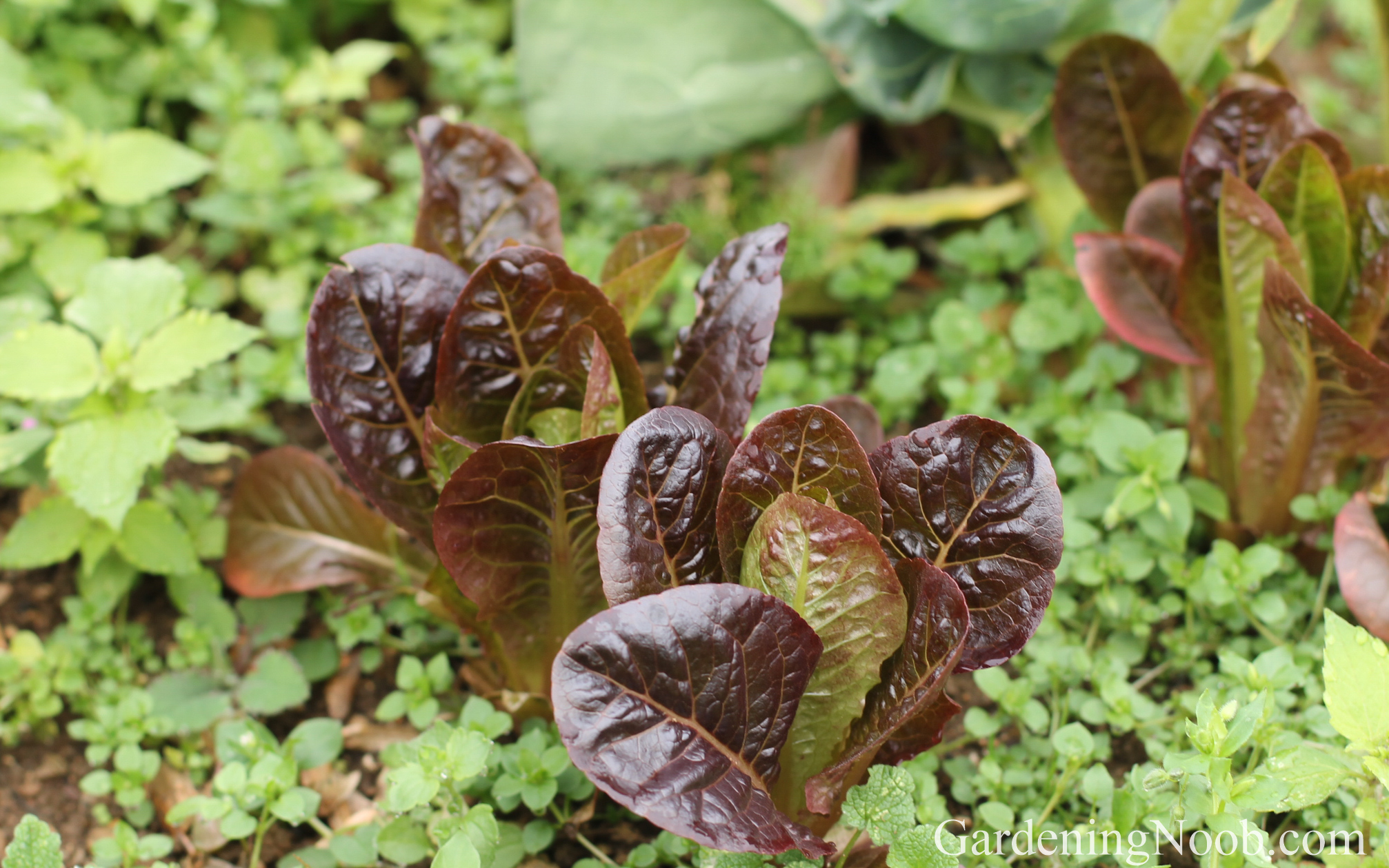
July is usually a quiet month for me when it comes to planting this leafy green. I never throw any new seeds in the ground at the time. However, when August begins and summer slowly but surely goes to end, my lettuce planting activities get into gear again…
The beginning of August is still very hot. But since days are getting shorter and shorter, and since September with it’s cooler temperatures and more rain is just around the corner, I switch to cool season varieties (such as Iceberg, White Salad Bowl, Red Salad Bowl and Catalogna for instance) once again.
The first lettuce from August sowings is usually ready for picking towards the end of September. The vast majority of them are ripe in October though. We pick the last ones in November (and sometimes even in December), but only if there’s no snow or hard freeze present at the time.
I plant fall lettuce only twice or thrice within the first three weeks of August. I don’t do sowings past that time because the plants would not have enough time to reach the harvest size.
I plant winter (early-spring) lettuce in fall (autumn).
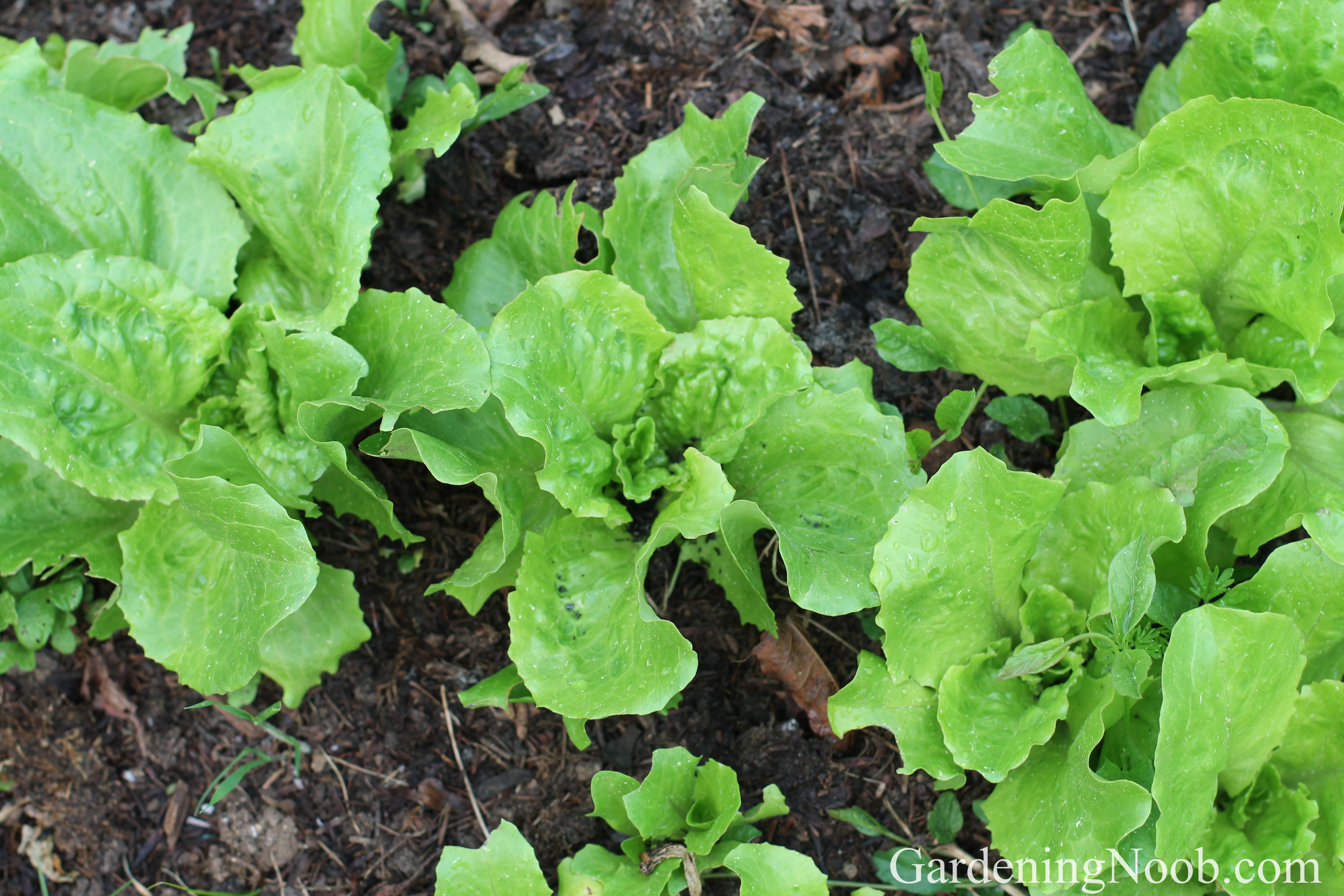
Once the summer ends and the fall (autumn) begins, I focus on winter varieties. These are cold-hardy to the point where they can oftentimes survive through the winter without any protection at all!
I usually do the first sowings in the last week of August and then do a few more throughout the September.
The thing about winter lettuce is it is not ready for harvest before the spring. There’s not enough light and warmth available during fall and winter for it to grow rapidly. But once winter ends and spring with it’s higher temperatures and more sun occurs, it starts growing again in an accelerated pace. It then reaches harvest stage very quickly. I can usually harvest it before April.
You can boost it’s growth though by protecting it form cold with frost covers, tunnels, cold frames and greenhouses and get the harvest even sooner.
There’s almost always a good time to plant (sow) lettuce.
Lettuce grows fastest when temperatures are cool and when there is an abundance of rain. It’s therefore best to plant it early in spring. The end of summer is another good time to plant it, but you have to catch the right moment. This can be tricky though due to lack of rain and high temperatures which hinders the seed germination.
I’m not a big fan of growing lettuce during the peak of the summer. The growing conditions are unsuitable (draught, heat and too much light). However, if you insist, then do choose a heat-tolerant variety which is more adapted to warm-season growing conditions, and you may just get a harvest from your sowings…
The bottom line is, there is plenty of lettuce planting opportunities throughout the whole vegetable gardening season. With a little bit of planning, succession planting and proper cold protection, you can harvest it (almost) all year round.
